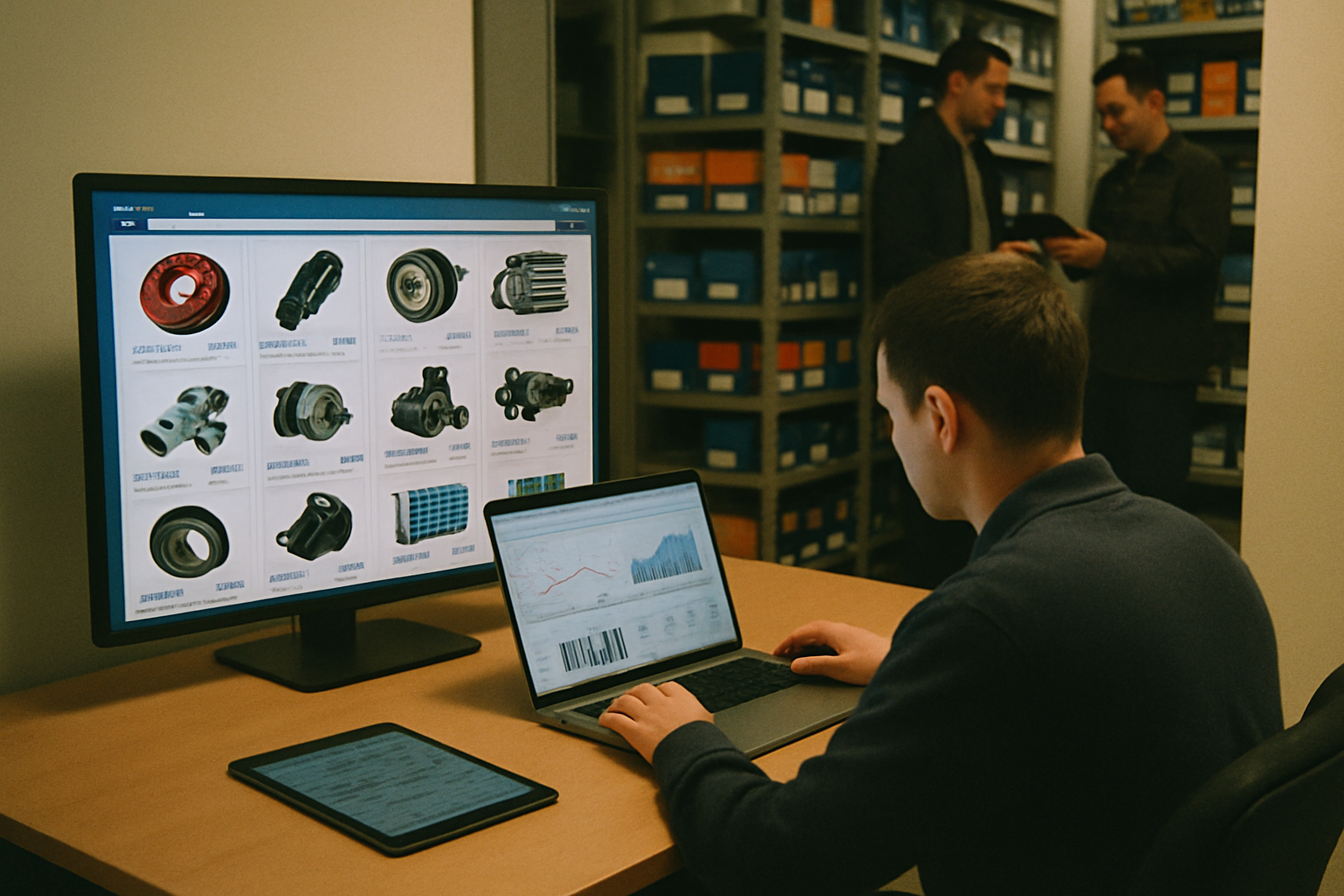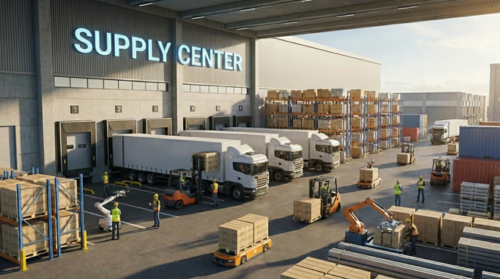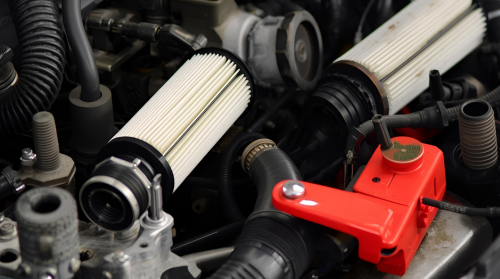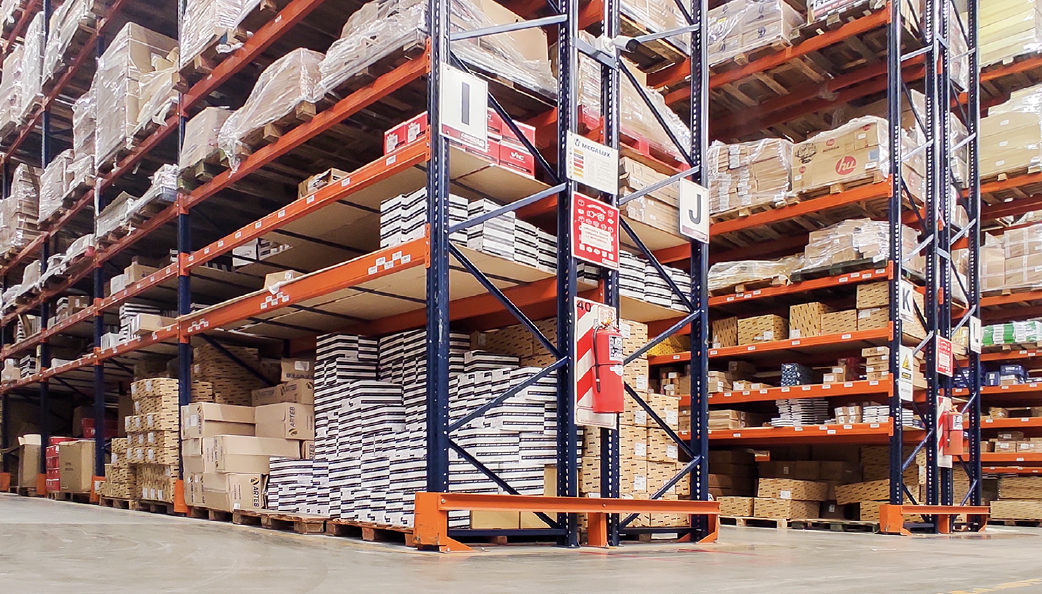Driven by increasingly digital consumers and connected workshops seeking agility and convenience, the automotive sector presents a promising path for dealerships that want to turn their inventory into recurring revenue. However, while many companies still focus their efforts on a single marketplace, the current market demands a more strategic approach: being present in multiple channels has become essential for growing with resilience.
The growth of e-commerce in Latin America and Brazil
E-commerce in Latin America continues to expand rapidly. The sector is expected to grow by 35% by 2027, driven mainly by Brazil, which leads the regional market (Ecommerce Brasil, 2024).
Brazil stands out as the largest e-commerce market in the region. Data from MarketDataForecast shows that the country accounted for 45.1% of total Latin American e-commerce revenue in 2024, consolidating itself as the main digital player in Latin America (MarketDataForecast, 2024).
These figures show that the digitalization of consumption is not a temporary trend, but a structural transformation, especially in sectors such as auto parts and automotive services.
The risks of relying on a single marketplace
Mercado Libre plays a key role in Brazilian e-commerce, especially in the auto parts segment. With its pioneering approach and extensive logistics infrastructure, the platform has actively contributed to retail digitalization and has become one of the main sales showcases in the sector.
Still, relying exclusively on a single channel can limit growth potential and expose the business to fluctuations such as algorithm updates, shipping policy changes, or operational adjustments. Therefore, betting on diversification is not about substitution, but about strategic complementarity.
Operating across multiple channels allows dealerships to expand their digital presence, reach new audiences, and increase resilience, without giving up the strength of well-established marketplaces.
The benefits of a multichannel operation
By diversifying their digital presence and operating in multiple sales channels simultaneously, dealerships gain:
-
More visibility and new audiences
Each marketplace has its own user profile. Being present on different platforms increases the chances of reaching various segments, from professional repairers to final consumers.
-
Reduced commercial risks
Diversification protects the business from technical instabilities, changes in the policies of a specific channel, or shifts in performance dynamics.
-
More efficient inventory management
Multichannel integration solutions enable automated inventory control, preventing errors, stockouts, and duplicate sales. This ensures greater agility and operational security.
-
Richer database for strategic decisions
Operating in multiple channels provides a broader view of purchasing behavior, allowing for more precise adjustments in pricing, promotions, and product assortment.
Alephee and the arrival of new integrated channels
The platform specializing in the digitalization of the automotive sector has been investing in expanding integrated channels, focusing on operational efficiency and scalability. The new integration with Shopee is an example of this strategy, offering dealerships another high-traffic showcase to expand their sales in a centralized and automated way.
Through a single dashboard, sellers can list, edit, and manage their products across different marketplaces, with automatic synchronization of stock, orders, and technical attributes—reducing errors and improving digital performance.
This continuous expansion of the ecosystem reinforces the commitment to solutions that make automotive retail more competitive, technological, and connected to the digital consumer.
Visit Alephee: the most practical, connected, and traceable way to do e-commerce.












